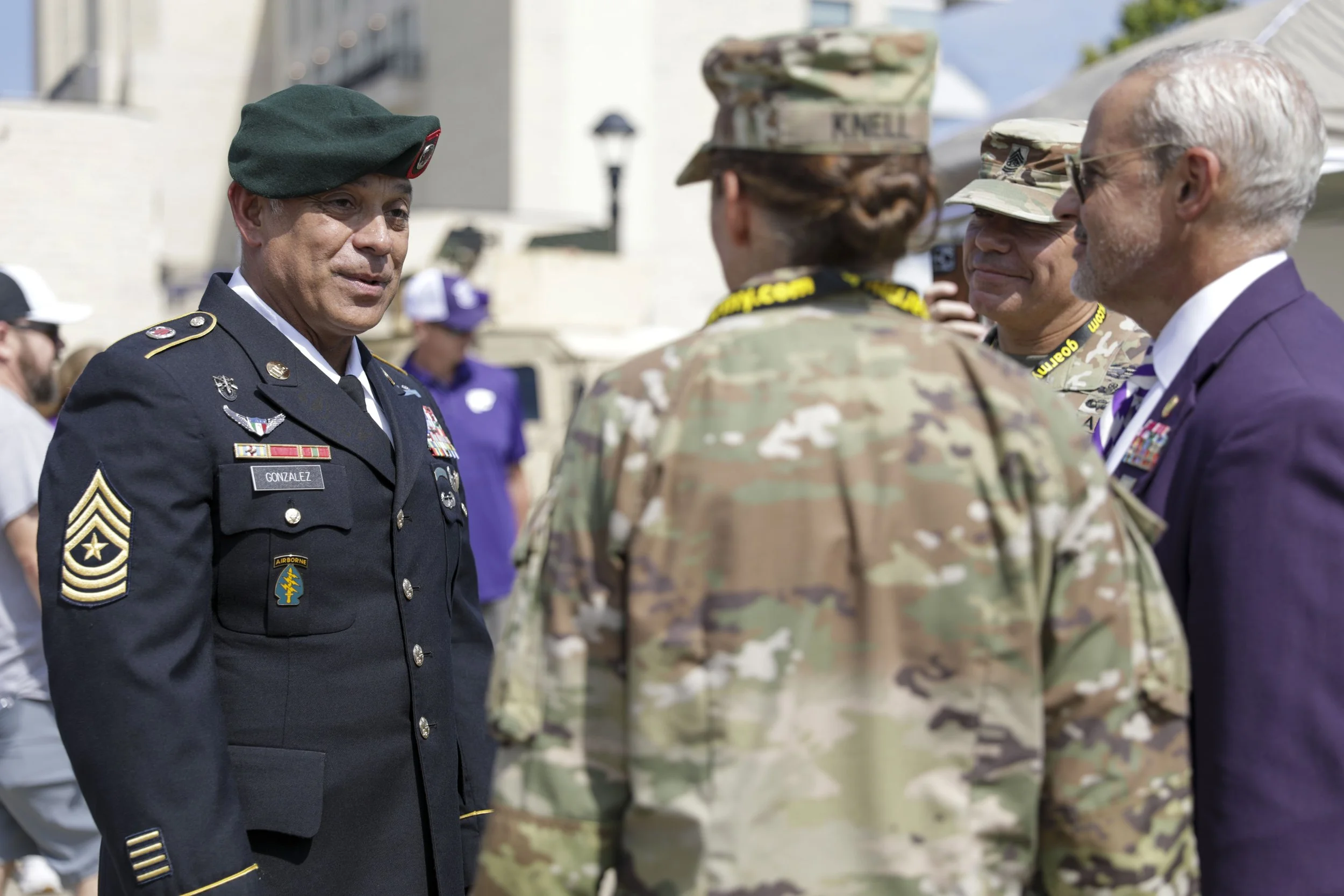Alumna treads an unconventional career path from chemical engineer to patent attorney
When a newspaper reporter asked teenage Janal Kalis (B.S. ’73, B.S. ’79) what she wanted to be when she grew up, Kalis replied, “a scientist or a lawyer.” In time, she would achieve both.
Kalis, now a patent attorney at Schwegman, Lundberg & Woessner in Minneapolis, grew up the eldest of five on a 160-acre family farm in south central Minnesota. The first in her family to graduate from high school, she first enrolled at the U of M as a history major. She received grants, worked part time, and took out student loans to pay for school. For one campus job, she prepared lecture slides for the art history department. “In those days we had huge projectors that heated up like ovens,” she says. “They were tricky to operate. Learning how projectors work was very useful.”
Kalis loved history but eventually switched majors to biochemistry, which she viewed as a more lucrative field. While she loved her biology classes, she wasn’t impressed with the chemistry classes she took at the time because she felt some professors resented women students “taking up a seat that should have gone to a man.”
Following graduation, she worked in a campus virology lab, where she helped discover a virus linked to deaths in renal transplant patients. “I am a coauthor on a few studies now cited in medical school textbooks,” she says. “That’s a little bit of immortality, at least for now.”
The lab was also across the street from the chemical engineering department and “It seemed like it could be kind of fun, so I tried it out.” After three years of part-time classes, she earned a degree in chemical engineering, one of only 18 women in a class of 100. (Times have changed today with regard to enrollment: The Chemical Engineering and Materials Science [CEMS] department now has roughly 265 male and 135 female undergrads, and 146 men and 71 women in graduate school.)
Kalis initially worked for Cargill in Iowa before moving west to work in the electrical utility industry. She took a job in Delta, Utah, as a startup engineer for the Intermountain Power Plant. It was during that time that she saved up enough money to go to law school at the University of Utah.
Because of her fascination with the history of technology, patent law felt like a natural extension of her engineering career. For the past 30 years, she’s practiced as a patent attorney, collaborating with inventors to protect their intellectual property.
As she looks toward retirement, Kalis now hopes to find ways to give back, such as the pro bono research project she recently completed for CEMS. (See sidebar at right.) While strolling the engineering campus a few years ago, she noted the plaques along the sidewalk honoring great scientists from the U of M. “It just came to me,” Kalis says. “Wouldn’t it be cool to find out how many chemical engineering graduates are inventors? How many hold patents?” She decided to find out.
She obtained a list of chemical engineering graduates from 1918 to 2018 and crosschecked their names with individuals in a patent database. The percentage of alumni inventors turned out to be higher than she expected. More surprisingly, although the number of women enrolled in chemical engineering grew slowly over the past century, the percentage of women alumni in each class who hold patents remains relatively stable, about 20 to 25 percent.
“I don’t have a feel for the environment that women inventors face right now,” Kalis says. “I think they might not face the same problems of being viewed as some sort of oddity. When I became an engineer, I didn’t experience any sexual harassment, but it certainly existed. And in those days, your option was either to put up with it or quit.”
As she reflects on her path, Kalis says young professionals need to stay flexible.
“Your life doesn’t unfold in a straight line, so don’t be disappointed when you don’t end up where you thought you would,” she says. “One thing I’ve learned over the years is you just never know where something that you learn in one area might be of use in another area, and that’s been especially valuable as a patent attorney.”
This story appeared in the Spring 2021 issue of Minnesota Alumni magazine. Photo by Nancy Musinguzi.











